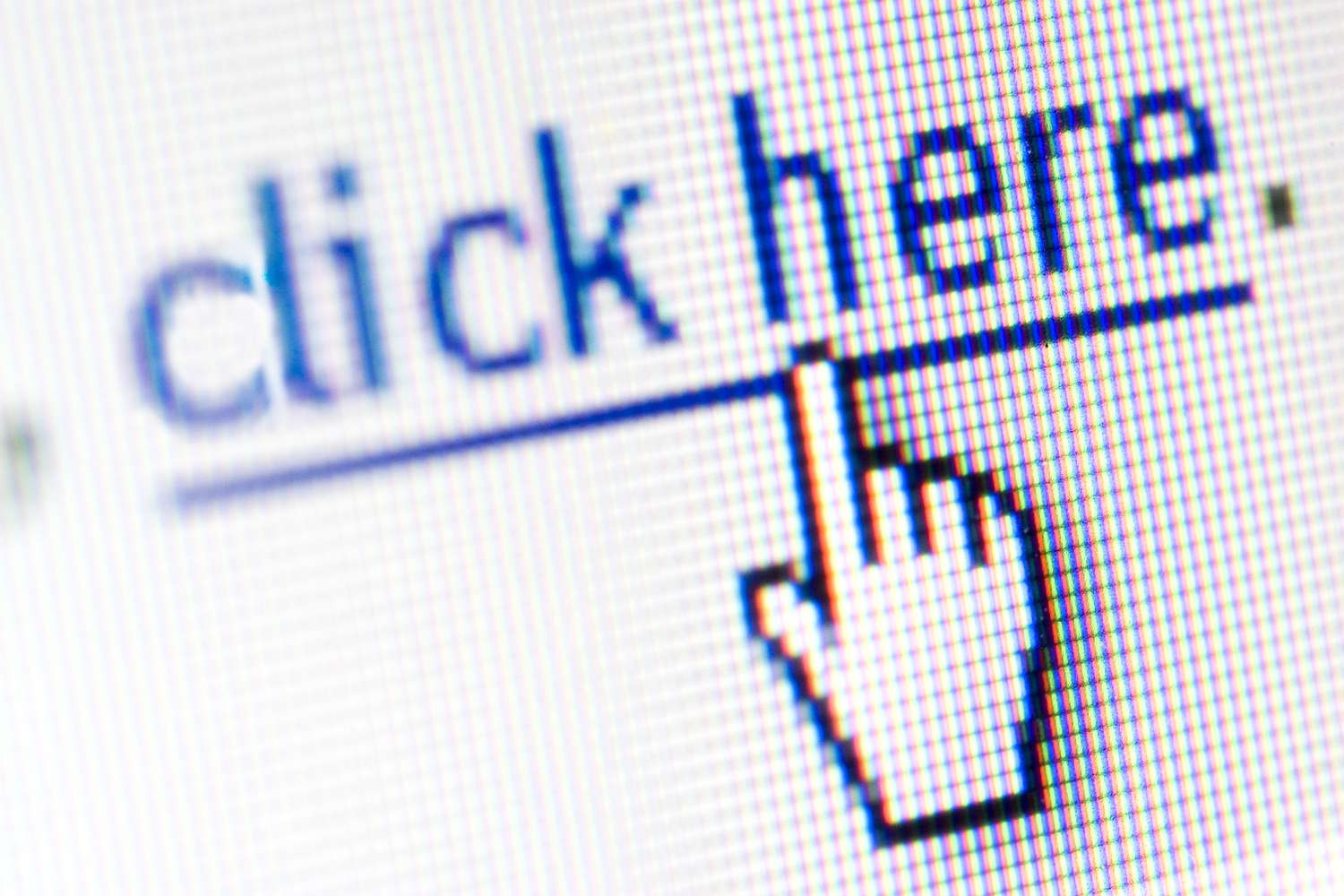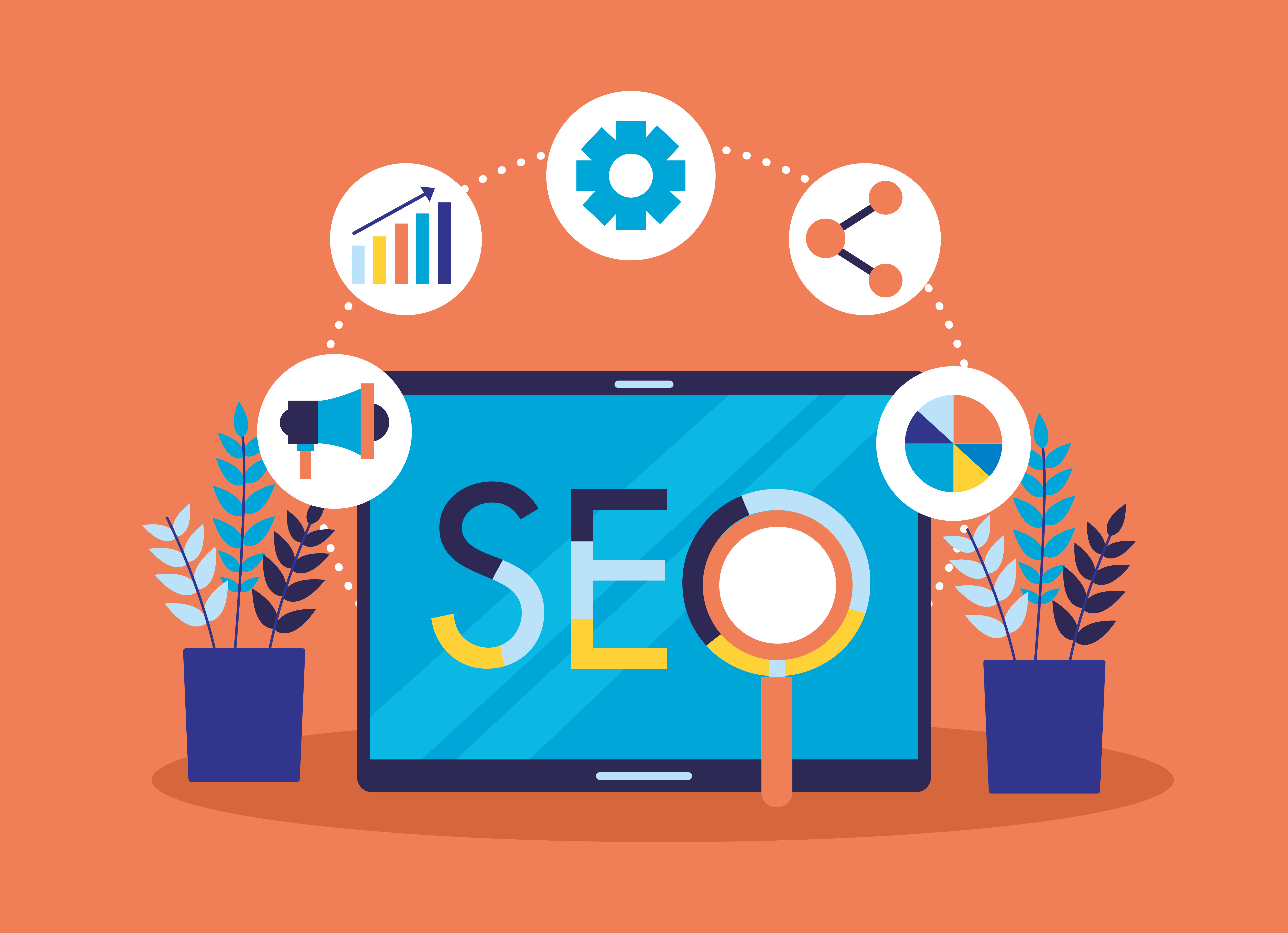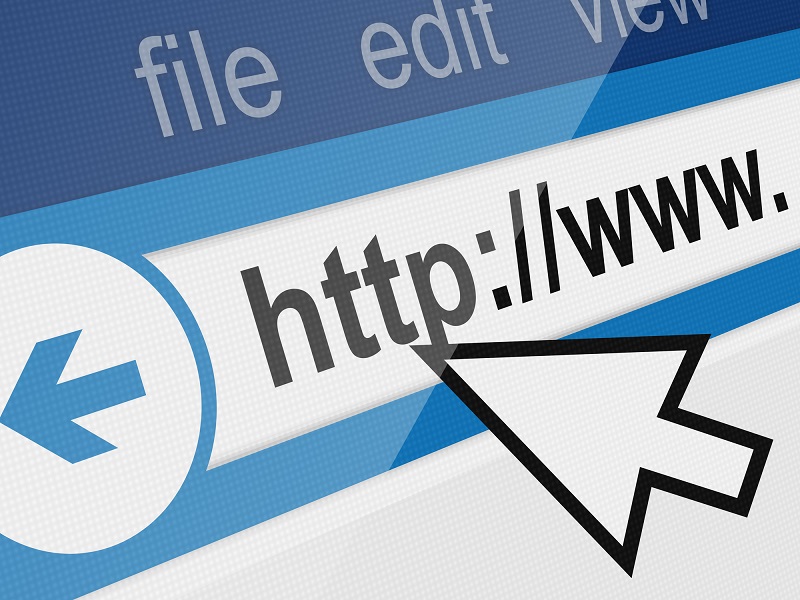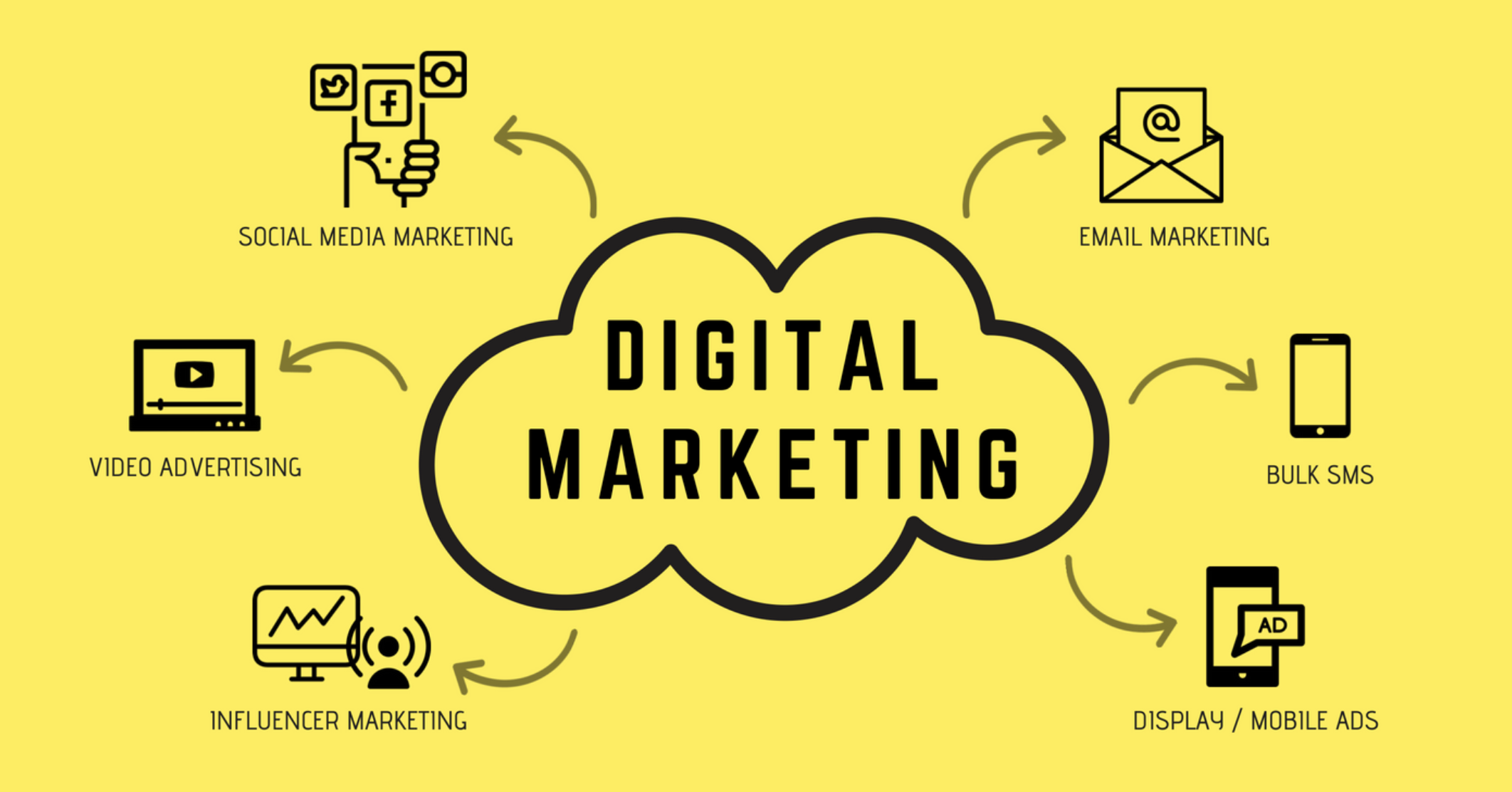
The Psychology of Link Clicks: Understanding User Behavior
Link clicks are a critical part of online marketing. They drive traffic to websites, generate leads, and ultimately lead to conversions. But what makes people click on links? What factors influence their decision to click? And how can you increase the likelihood that people will click on your links?
In this article, we'll explore the psychology of link clicks. We'll discuss why people click on links, what factors influence their decision to click, and how you can increase the likelihood that people will click on your links.
We'll also provide you with some tips and strategies for increasing link clicks, as well as some case studies of successful link click campaigns.
So if you're interested in learning more about the psychology of link clicks, read on!
What are link clicks?
A link click is simply the act of clicking on a link. When someone clicks on a link, they are directed to a new page or website.
Link clicks are important for a number of reasons. First, they drive traffic to websites. When people click on a link, they are essentially telling the search engine that they are interested in the content that the link is pointing to. This can help to improve the ranking of the website in the search engine results pages (SERPs).
Second, link clicks can generate leads. When people click on a link, they are often provided with an opportunity to provide their contact information. This information can then be used to market to them in the future.
Third, link clicks can lead to conversions. When people click on a link, they are often directed to a page where they can purchase a product or service. This can lead to an increase in sales or leads.
Why are link clicks important?
Link clicks are important for a number of reasons. First, they drive traffic to websites. When people click on a link, they are essentially telling the search engine that they are interested in the content that the link is pointing to. This can help to improve the ranking of the website in the SERPs.
Second, link clicks can generate leads. When people click on a link, they are often provided with an opportunity to provide their contact information. This information can then be used to market to them in the future.
Third, link clicks can lead to conversions. When people click on a link, they are often directed to a page where they can purchase a product or service. This can lead to an increase in sales or leads.
How to increase link clicks
There are a number of things you can do to increase the likelihood that people will click on your links. Here are a few tips:
- Make your links relevant. The most important factor in getting people to click on your links is making sure that they are relevant to the content that they are reading. If you link to a page that is not relevant to the content that the reader is currently reading, they are less likely to click on it.
- Make your links clear and concise. People are more likely to click on links that are clear and concise. If your links are too long or too complicated, people are less likely to click on them.
- Place your links in a prominent location. The more visible your links are, the more likely people are to click on them. Try to place your links at the top of the page, near the beginning of the article, or in the sidebar.
- Use eye-catching colors and images. People are more likely to click on links that are visually appealing. Use bright colors and interesting images to draw attention to your links.
- Add a call to action. A call to action is a statement that encourages people to take a specific action, such as clicking on a link. When you include a call to action in your content, you are more likely to get people to click on your links.
Strategies for increasing link clicks
In addition to the tips
| Topic | Answer |
|---|---|
| Link clicks | A link click occurs when a user clicks on a hyperlink in a web page. |
| User behavior | The factors that influence a user's decision to click on a link include the relevance of the link, the authority of the source, the user's current context, and the user's goals. |
| Click-through rate | The click-through rate (CTR) is a measure of the number of times a link is clicked divided by the number of times it is shown. |
| Conversion rate | The conversion rate is a measure of the number of people who click on a link and take a desired action, such as making a purchase or signing up for a service. |
| User experience | The user experience (UX) refers to the overall experience a user has when interacting with a website or app. |
What are link clicks?
A link click is an action taken by a user to follow a hyperlink from one web page to another. When a user clicks on a link, it sends a request to the server hosting the destination page, which then sends the requested page back to the user's browser.
Link clicks are an important part of the user experience on the web. They allow users to navigate between different pages and find the information they are looking for. They also play a role in search engine optimization (SEO), as links from other websites can help to improve a page's ranking in search results.
III. Why are link clicks important?
Link clicks are important for a number of reasons.
- They can help you drive traffic to your website or blog.
- They can help you increase your search engine rankings.
- They can help you generate leads and sales.
- They can help you build relationships with your audience.
By understanding the psychology of link clicks, you can increase the likelihood that people will click on your links and achieve your desired results.
IV. How to increase link clicks
There are a number of things you can do to increase link clicks on your website, including:
- Make your links clear and easy to see.
- Use eye-catching colors and fonts.
- Place your links in prominent positions on your pages.
- Include relevant keywords in your links.
- Offer incentives for clicking on your links.
- Track your link clicks and measure your results.
By following these tips, you can increase the number of people who click on your links and drive more traffic to your website.
V. Strategies for increasing link clicks
There are a number of strategies that can be used to increase link clicks, including:
- Using eye-catching titles and headlines
- Writing compelling and informative content
- Including relevant keywords and phrases
- Using social media to promote your links
- Optimizing your website for search engines
- Running paid advertising campaigns
By implementing these strategies, you can increase the likelihood that people will click on your links and visit your website.
VI. Tools for tracking link clicks
There are a number of tools available for tracking link clicks. Some of the most popular tools include: * Google Analytics * Adobe Analytics * Optimizely * ClickTale * Crazy Egg These tools can help you track the number of clicks on a link, the source of the clicks, and the time and date of the clicks. They can also help you track the conversion rate of links, which is the percentage of people who click on a link and then take a desired action, such as making a purchase. By tracking your link clicks, you can get a better understanding of how people are interacting with your content and how you can improve your click-through rate.
VII. Case studies of successful link click campaigns
Here are three case studies of successful link click campaigns:
In 2016, HubSpot ran a link click campaign to promote its new product, Marketing Hub. The campaign used a variety of tactics, including paid advertising, social media, and email marketing, to drive traffic to a landing page where visitors could learn more about the product and sign up for a free trial. The campaign was a success, generating over 100,000 link clicks and resulting in a 20% conversion rate.
In 2017, Buffer ran a link click campaign to promote its new product, Buffer Analytics. The campaign used a combination of paid advertising, social media, and email marketing to drive traffic to a landing page where visitors could learn more about the product and sign up for a free trial. The campaign was a success, generating over 1 million link clicks and resulting in a 5% conversion rate.
In 2018, MailChimp ran a link click campaign to promote its new product, Mailchimp Chat. The campaign used a variety of tactics, including paid advertising, social media, and email marketing, to drive traffic to a landing page where visitors could learn more about the product and sign up for a free trial. The campaign was a success, generating over 10 million link clicks and resulting in a 2% conversion rate.
These are just a few examples of successful link click campaigns. By following the tips in this guide, you can increase the likelihood that your own link click campaigns will be successful.
VIII. FAQ
This section provides answers to some of the most common questions about link clicks.
What is a link click?
Why are link clicks important?
How can I increase link clicks?
What are some strategies for increasing link clicks?
What tools are available for tracking link clicks?
What are some case studies of successful link click campaigns?
IX. Conclusion
In this article, we have discussed the psychology of link clicks and how to increase the likelihood that people will click on your links. We have covered topics such as:
- The different factors that influence people's decision to click on a link
- How to create compelling and engaging content that will encourage people to click on your links
- How to use social media and other marketing channels to promote your links
- How to track and measure the performance of your link click campaigns
We hope that this article has been helpful and that you will be able to use the information we have provided to increase the click-through rate of your links.
If you have any questions or would like to learn more about link clicks, please feel free to contact us.
FAQ
Question 1: What is a link click?
Answer: A link click is an action taken by a user to follow a link from one web page to another.
Question 2: Why are link clicks important?
Answer: Link clicks are important for a number of reasons, including:
- Increased traffic to your website
- Improved search engine rankings
- Increased brand awareness
- Increased lead generation
Question 3: How can I increase link clicks?
Answer: There are a number of things you can do to increase link clicks, including:
- Create high-quality content that people want to read
- Use eye-catching headlines and images
- Promote your links on social media
- Use link building strategies


